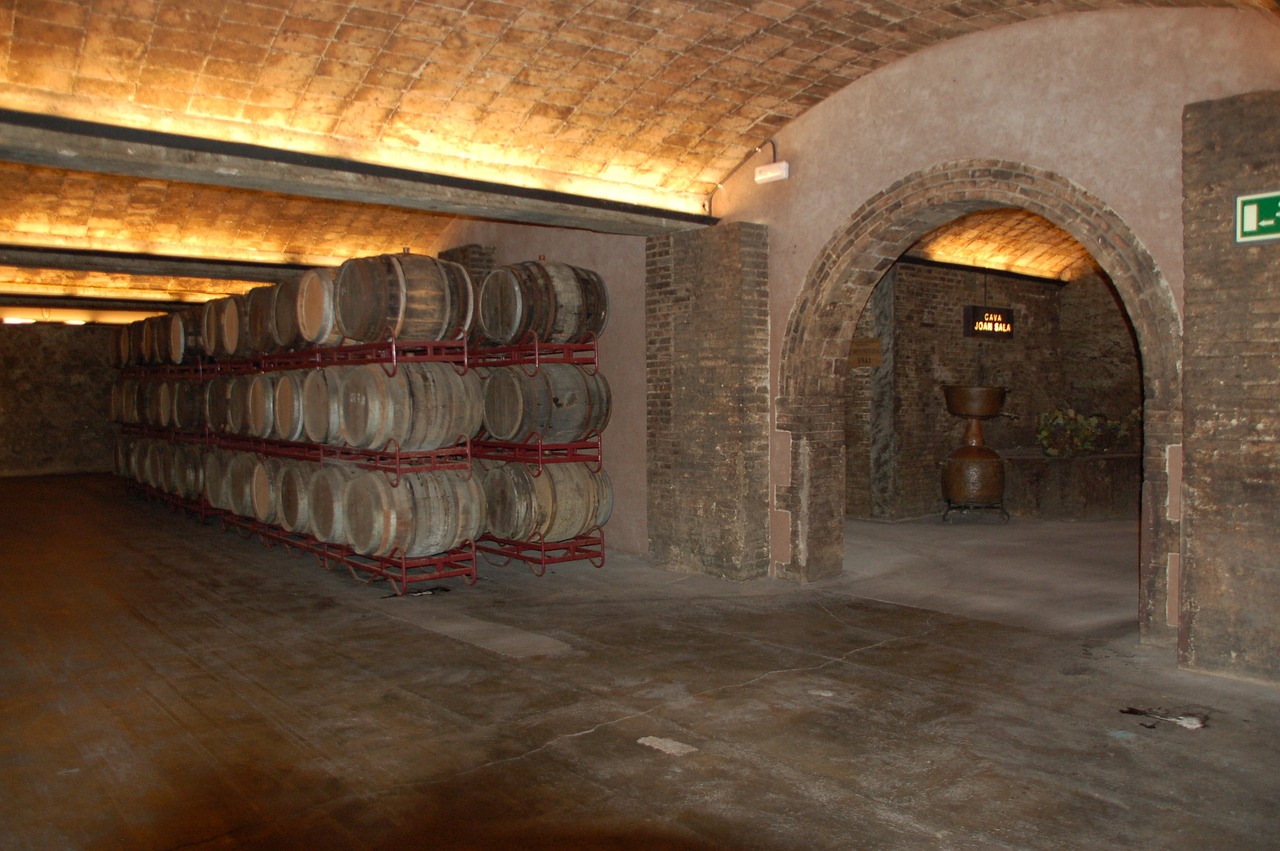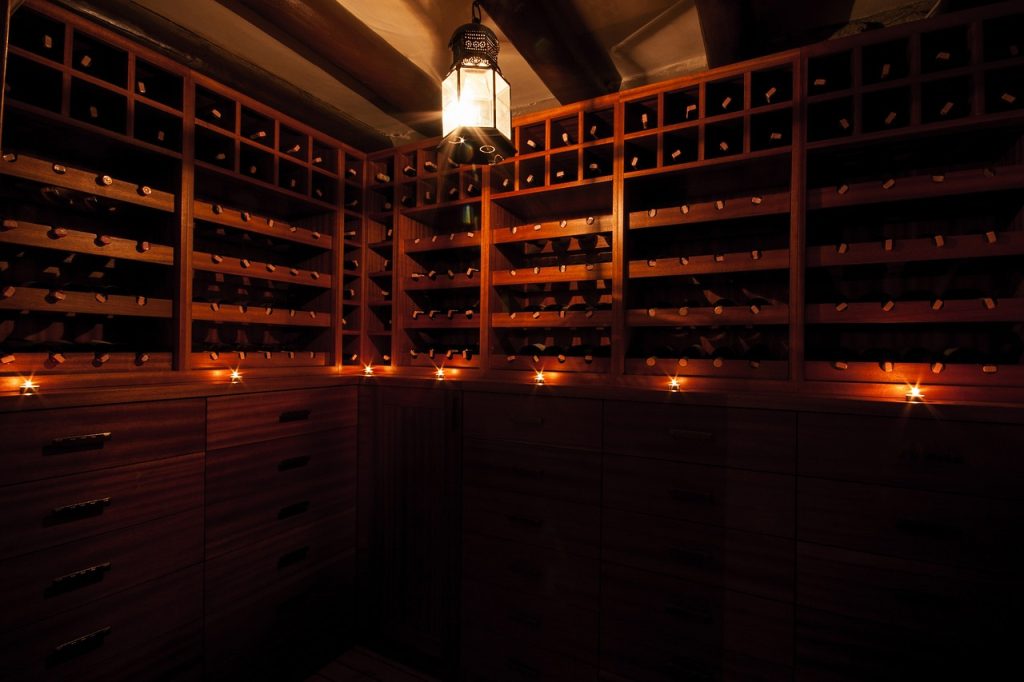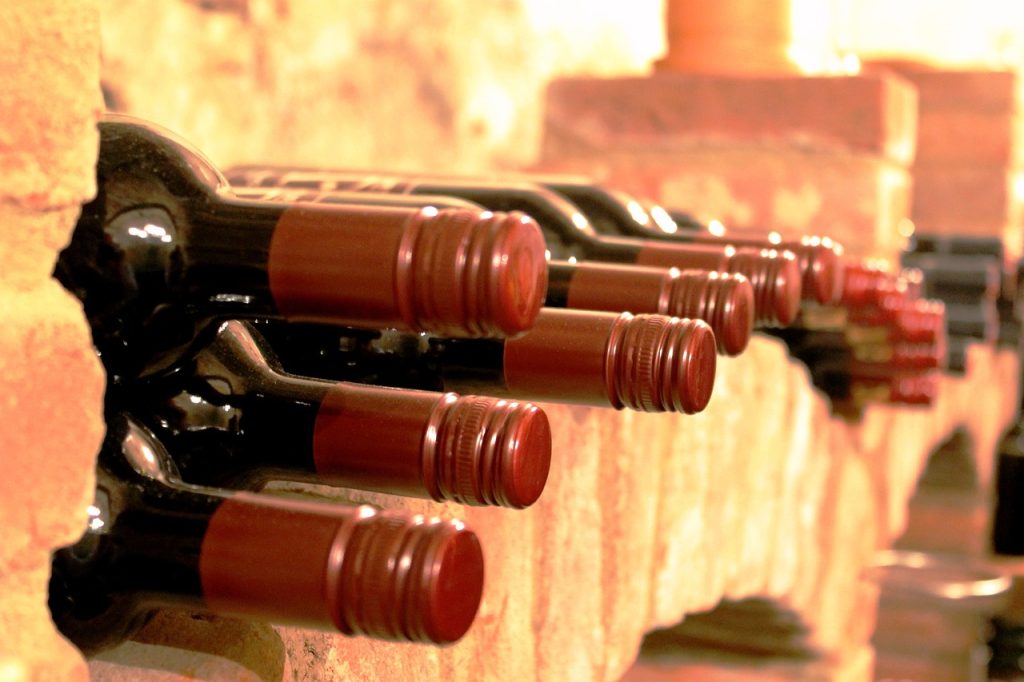
Ah, wine. That delightful nectar that has been enjoyed for centuries, inspiring poets, conquering hearts, and turning quiet nights into memorable ones. But what happens when you open that perfect bottle and suddenly realize… it doesn’t taste quite right? Could it be that the wine wasn’t stored properly? Maybe it’s time to learn the basics of wine storage because, trust me, they’re crucial if you want to enjoy your wine in all its intended glory.
Let’s look into wine storage and explore everything you need to know to avoid sad, spoiled bottles of wine. Whether you’re a newbie or a seasoned sipper, these tips will keep your wine tasting its best.
Why Wine Storage Matters
Before we get into the nitty-gritty, let’s talk about why storage matters in the first place. You might think, “It’s just a bottle of wine. How hard can it be?” But oh, dear wine lover, wine is like a delicate flower—beautiful, complex, but susceptible to the environment around it.
Poor storage can ruin a bottle before you even have a chance to uncork it. Too much light, the wrong temperature, or a wonky humidity level can turn that lovely bottle into vinegar. And nobody wants to sip vinegar at dinner (unless you’re into that sort of thing, but let’s assume you’re not).
If you are into wine investment, the wrong conditions in your wine cellar can even be a financial backset for you.
Temperature: The Goldilocks Principle
When it comes to wine storage, temperature is everything. Wine, much like humans, prefers things just right—not too hot, not too cold. Ideally, wine should be stored at a temperature of around 12-15°C (53-59°F). But here’s the trick: consistent temperature is even more important than the exact number. Fluctuating temperatures can cause the wine to expand and contract, messing with the cork, which may lead to—you guessed it—spoilage!
Too warm? Your wine will age too quickly. Too cold? That could cause the cork to shrink, letting in oxygen (and oxygen is not your wine’s friend). It’s a delicate dance, but get it right, and your wine will thank you.
Avoid the Light (Like a Vampire)
If there’s one thing wine absolutely hates, it’s direct sunlight. UV rays can break down the compounds in the wine, causing it to age prematurely and lose its flavor. It’s like leaving your favorite ice cream in the sun—it melts away the goodness. This is why most wine bottles are dark-colored, to block out harmful rays. But that’s not enough!
You want to store your wine in a cool, dark place. A wine cellar is the dream, but if you don’t have one (who does these days?), a cupboard or closet away from windows works just fine.

Humidity: Keep Things Just Right
Humidity might not be the first thing that comes to mind when you think about wine storage, but it’s another crucial factor. Ideally, you want to store wine at a humidity level of 50-80%. Too dry, and the cork can dry out, letting air into the bottle and oxidizing the wine. Too humid, and you’ll be dealing with mold (ew).
To avoid playing Goldilocks with your humidity, consider using a wine fridge. These handy devices are designed to keep your wine at the perfect balance of temperature and humidity. They’re basically little climate-controlled homes for your bottles. Fancy, right?
Lay It Down
Ever wonder why wine bottles are often stored on their sides? It’s not just for aesthetics—it’s actually super important. Storing wine horizontally keeps the cork moist, which is vital for preserving the wine. A dried-out cork can crack, allowing air to sneak in and ruin your precious vino. So, unless it’s a screw-top (in which case you can ignore this rule), always store your wine lying down.
This also helps with organization, allowing you to fit more bottles in your storage space. Plus, it just looks cool.
Vibrations: Not a Wine’s Friend
Wine, especially one you plan on aging, needs peace and quiet. Vibrations can disturb the sediment in the wine, leading to a gritty, unpleasant taste. It’s like shaking a snow globe—the contents get all mixed up, and it takes forever for things to settle down again.
So, if you’re storing wine long-term, avoid putting it near anything that causes a lot of movement, like a washing machine or heavy foot traffic. Your wine needs to chill, literally and figuratively.
The Best Place to Store Wine at Home
Not everyone has a wine cellar, but that doesn’t mean your wine is doomed! You can store wine in all sorts of places around the house, as long as you follow the golden rules: dark, cool, stable temperature, and free from vibrations.
- Basement: If you have one, this is often the best spot. It’s naturally cooler and darker than other parts of the house.
- Closets: An interior closet away from direct light is a great option. It’s also temperature-stable and can keep your wine cozy.
- Wine Fridges: We mentioned this earlier, but it’s worth repeating. Wine fridges are ideal because they offer temperature and humidity control in one neat package.
Just avoid the kitchen (too many temperature changes from cooking) and the laundry room (vibrations galore).

Storing Open Bottles of Wine
So, you’ve cracked open a bottle but didn’t finish it (I’m impressed!). What do you do now? Leaving it out is a fast way to spoil your wine. Luckily, there are a few tricks to keep that open bottle fresh for longer.
- Re-cork It: Always put the cork back in the bottle. If the cork doesn’t fit, flip it upside down and try again.
- Use a Wine Stopper: These handy little gadgets are designed to keep your wine airtight, slowing down oxidation.
- Refrigerate It: Yep, even red wine. Storing an open bottle in the fridge will help preserve it for a few days longer.
- Vacuum Pump: If you want to go the extra mile, invest in a vacuum pump. It removes air from the bottle, keeping your wine fresh longer.
Aging Wine: Should You or Shouldn’t You?
Aging wine is an art form, and not every bottle is meant to be aged. Most wines are designed to be consumed within a few years of bottling. However, certain wines, like fine Bordeaux or Barolo, can improve with age if stored properly.
If you’re planning to age wine, it’s crucial to follow all the storage rules we’ve talked about—temperature, humidity, and darkness. But remember, not all wines get better with time. When in doubt, ask a wine expert or do some research on the specific bottle you have.
Final Thoughts: Know Your Wine, Know Your Storage
The good news is, wine storage doesn’t have to be overly complicated. Whether you’re storing a fancy bottle for a special occasion or just need a place for your everyday wine stash, following these simple rules will keep your wine tasting its best.
Temperature, humidity, light, and peace—all factors your wine needs to thrive. Think of your wine like a little diva that needs the perfect conditions to perform at its best. Treat it right, and it will reward you with all the delightful flavors it has to offer.
So, now that you know the basics, go ahead and give your wine the storage it deserves. And remember, wine is meant to be enjoyed, so don’t let it sit around too long!
[…] doesn’t like it too hot or too cold; it wants it just right. The ideal temperature for storing wine is between 50°F and 59°F (10°C to 15°C). Temperatures outside this range can spoil the wine or […]
[…] looking into storage solutions, let’s quickly review the core principles of wine storage. There are a few key things every wine lover should keep in […]
[…] Design Tip: Consider adding a roof or overhang to protect the outdoor wine wall from direct sunlight, preserving your wine’s quality. […]